Narrative

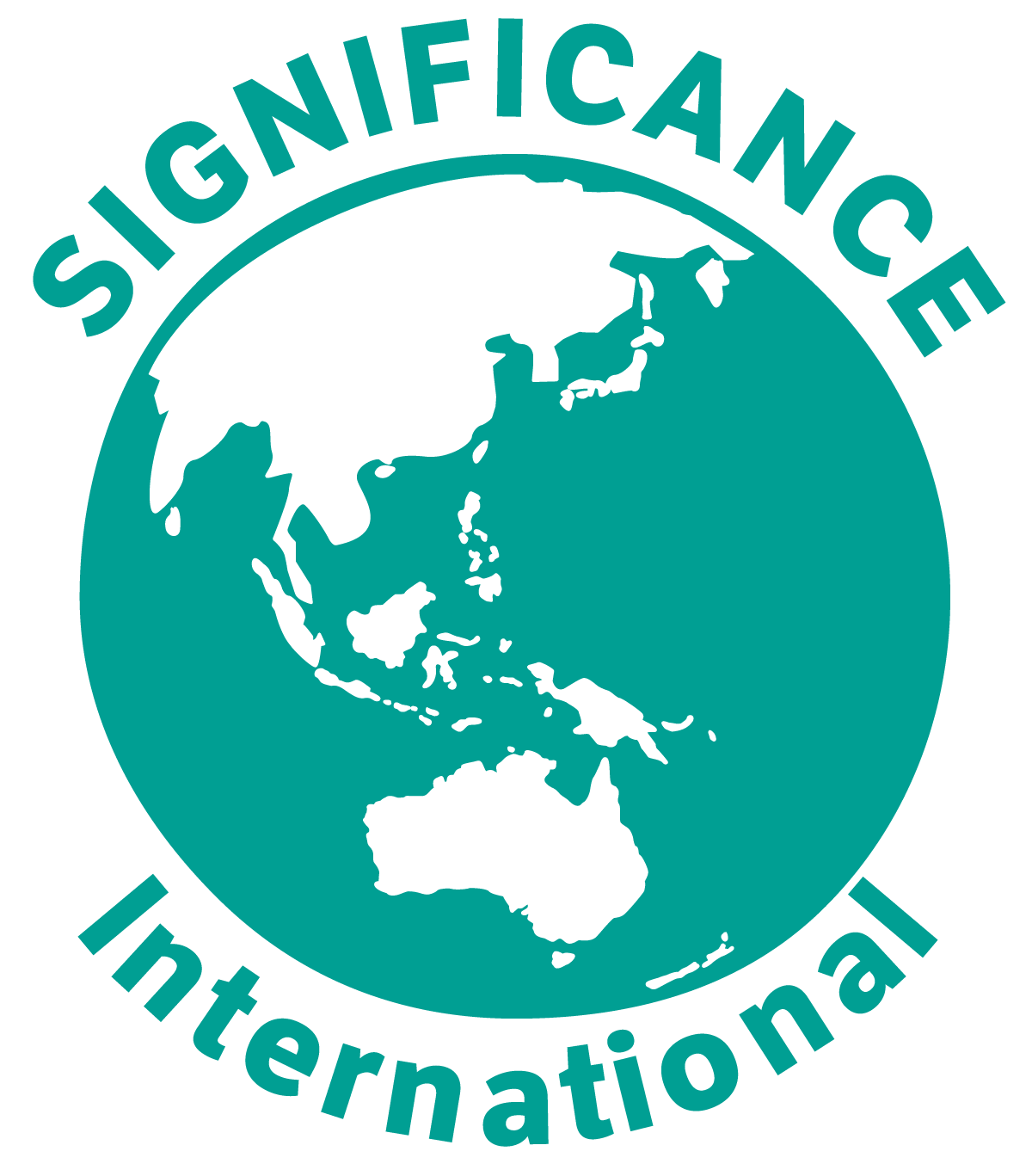
Coastal birds (including shorebirds) are a vital part of the marine, island, and coastal ecosystems of Torres Strait, with over 50 species relying on the region for all or part of their life cycle. Many species are culturally significant to Torres Strait Islanders as totemic animals, traditional food sources, and indicators of seasonal change.
Torres Strait is an important region for feeding, nesting, and migrating coastal birds. It is arguable that region warrants important bird area status because of its importance to migratory shorebirds. The region is used by most of the migratory shorebirds that come to Australia, including critically endangered eastern curlew, great knot and curlew sandpiper. Islands recognised nationally as important areas for migratory shorebirds and nesting seabirds include Maizab Kaur, Kodal, Masig, Ngurupai (Horn), and (Damudth) Dalrymple. The region is also a crucial stopover for migrating coastal (and other) birds moving between Australia and PNG. Beach stone-curlews and bar- tailed godwits are of conservation concern to Queensland, yet they are abundant in the region.
The key manageable threats occurring across Torres Strait are egg and bird predation by rats, pigs, cats and dogs, disturbance and hunting, loss of roosting areas, ingestion of plastics and entanglement, and oil spills. The most significant threats to coastal birds come from far beyond the region (e.g., land reclamation in Asia, climate change, and plastic pollution). Torres Strait provides a critical haven for coastal birds while these broader threatening processes are addressed.
What is already happening?
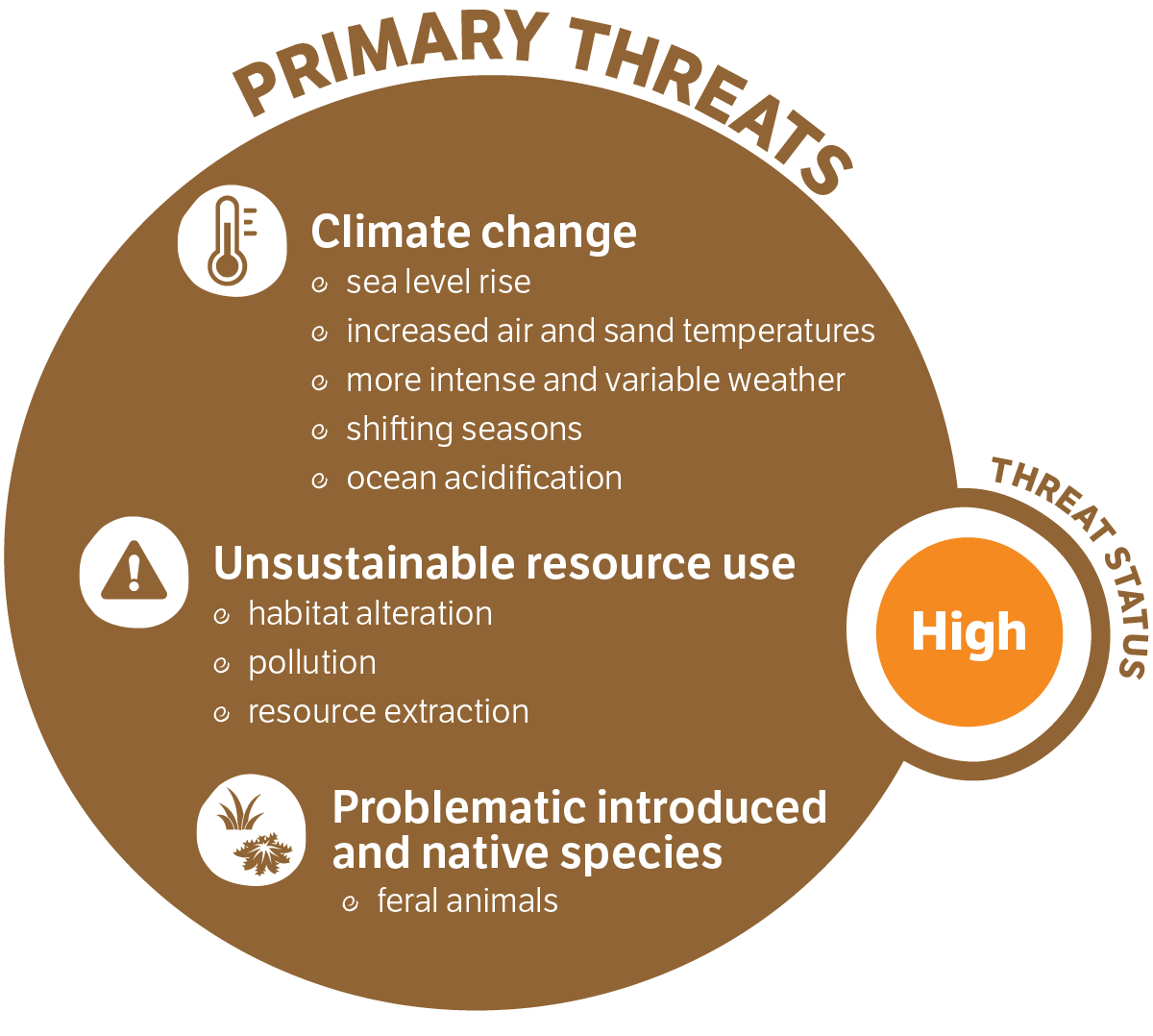
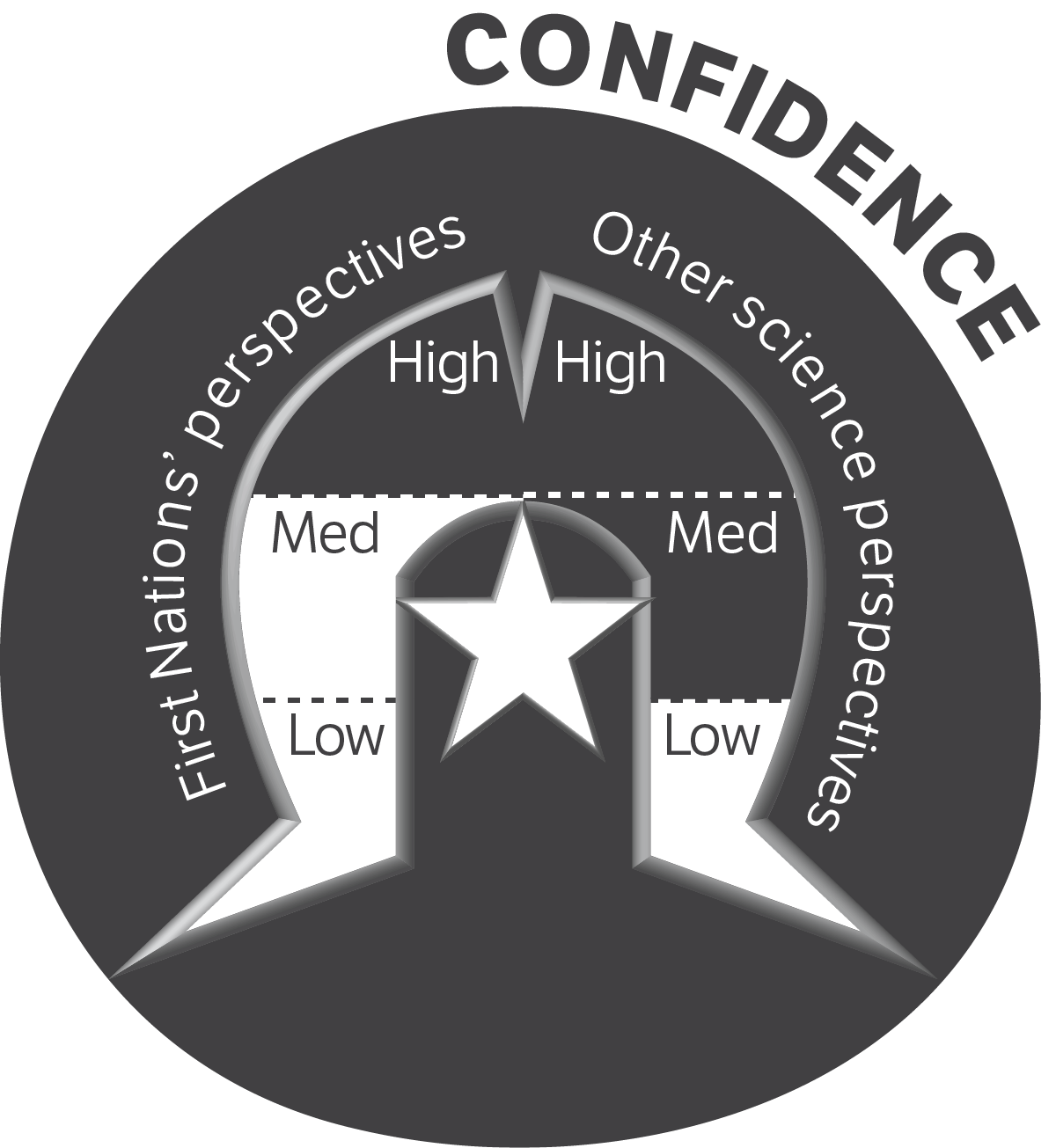
Traditional knowledge about coastal birds is being captured through the TEK project database and seasonal calendars and is retained within communities. This helps raise awareness and support for community-based management programs (e.g., reduced hunting for eggs and birds).
Planning is underway for targeted island-scale rat, pig and cat eradication and management programs, and there are increased biosecurity measures in place and growing community awareness. However, there remain significant challenges to implement feral animal eradication programs due to remoteness, lack of management capacity and other constraints. Regular beach clean-ups are helping to reduce pressure on coastal birds.
There is still much to learn about coastal birds in the region, and the importance of Torres Strait at the national and global scale. With funding from DAWE, TSRA is currently brokering a program to better understand the seasonal use and distribution of the critically endangered eastern curlew and other migratory shorebirds across the region.
What could happen?
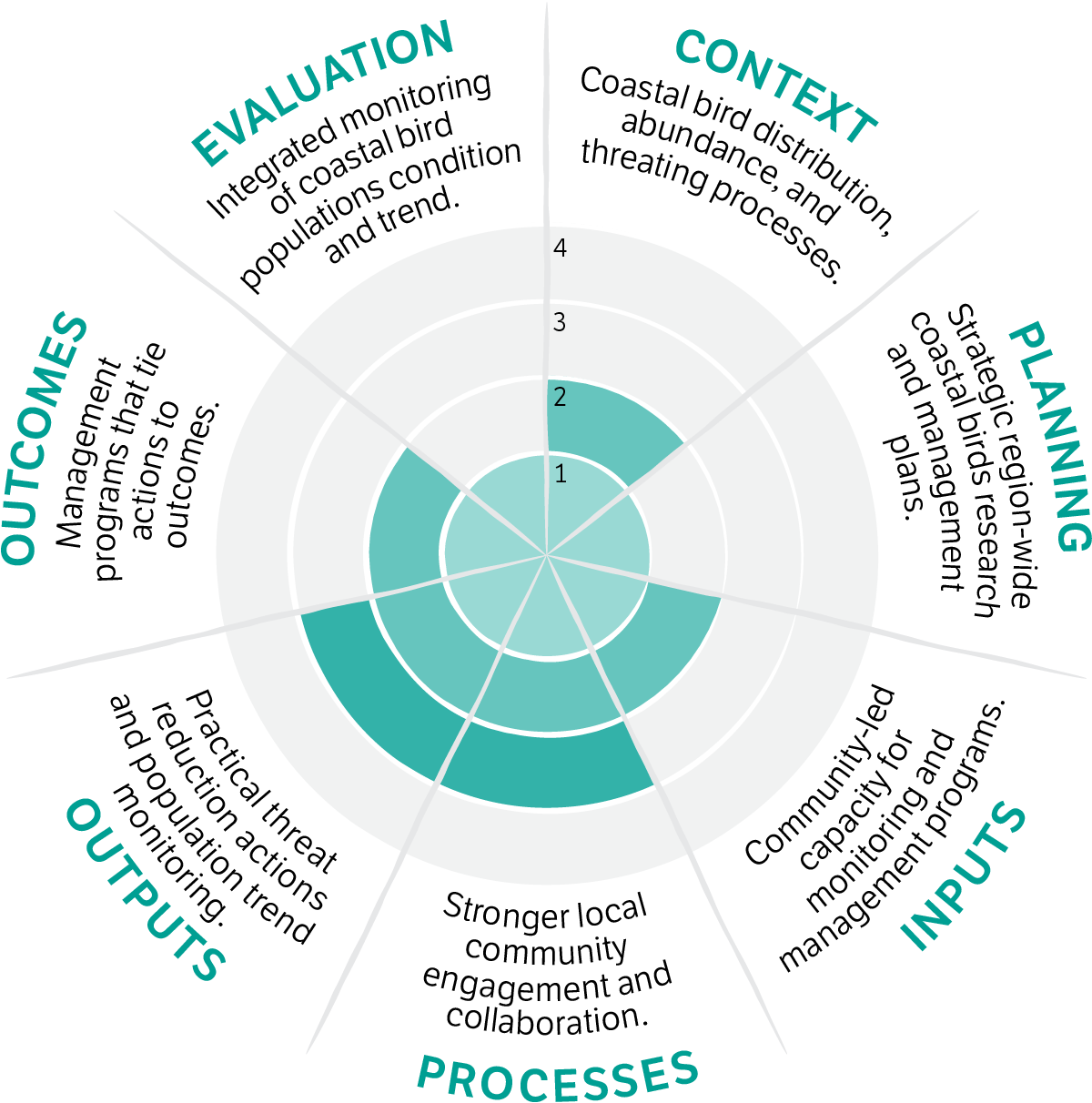
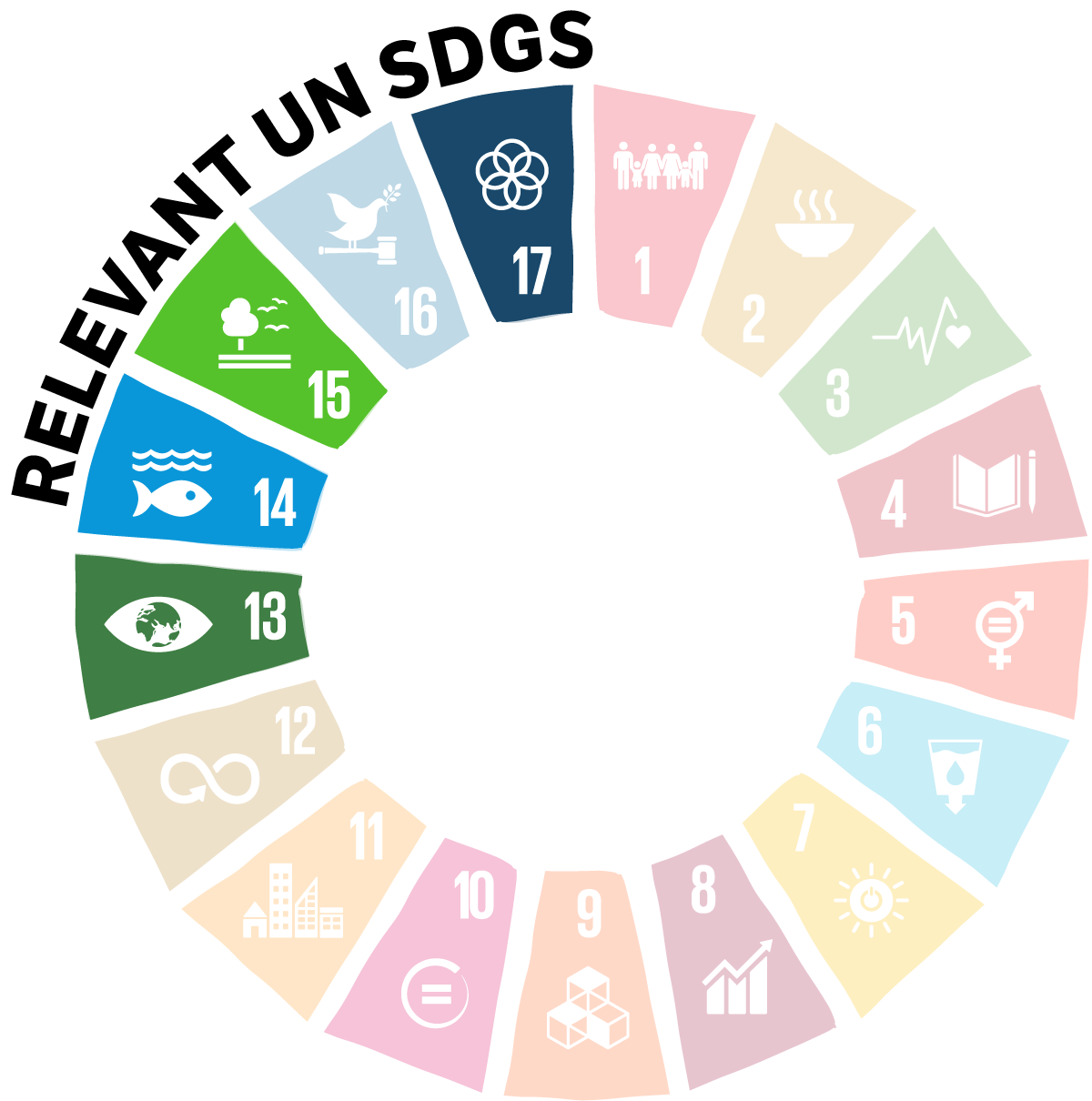
Despite good local community knowledge, there is still limited documented information about the distribution, nesting locations, abundance, and threats to coastal birds across the region. Community interviews, multi-season inventory surveys and ongoing monitoring are needed to improve understanding about coastal bird populations, trends, and management needs.
Locally nesting coastal birds and migratory shorebirds are most susceptible to disturbance by people and domestic dogs at nesting and feeding sites, and there have been catastrophic impacts of rats, cats and pigs on key islands. These threats could be significantly alleviated through community engagement programs.
Region-wide assessments of rat, pig, cat, and wild dog impacts on nesting coastal birds and migratory shorebirds would help target local management priorities. Without additional action to reduce local and international threats, coastal bird populations could decline in Torres Strait.
